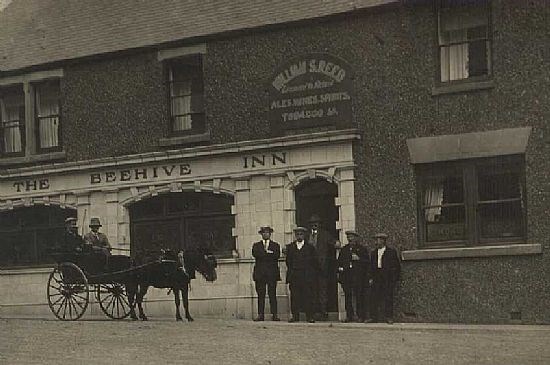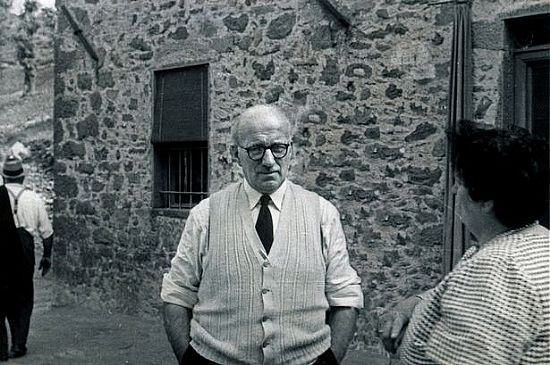Fishburn History
THE small village of Fishburn, County Durham lies a couple of miles to the north of Sedgefield and about the same distance south of Trimdon. The River Skerne forms the southern boundary of the parish and the village itself lies on a small limestone hill to the north of the river.
Until the arrival of the coal industry in the early 20th-century the village was a quiet, farming area. It began to grow in size and in 1911 the colliery was sunk. The first colliery houses were built at Park View and Maughan Terrace. According to a local resident's deeds, the houses on Park View were built in 1913 by a Ferryhill builder, Mr Wells, and were sold individually for £300 each. Fishburn Colliery closed in 1973. In the early 20th-century the village included Front Street, several farmhouses, a church, a village school and Fishburn Hall. A welfare hall for miners, now the Community Centre, was built in the 1920's and the Working Men's Club was opened in 1961. Coke Ovens were built in 1919 and replaced in 1981, only to close completely in 1986.
The village is first recorded in the medieval period, when it was known as 'Fissebourne'. It is thought the name came from the old english for 'fish burn or stream'. The suggestion is that there was probably a village here since the late Anglo Saxon period. The village gave its name to the family of the Lords of the Manor, and this was first recorded in 1084 when Ranulf de Fissebourne was mentioned in a document relating to a chapel at nearby Hardwick. By 1821 there were over 50 houses in the parish, and by 1851 the population stood at 261.
In 1846 the Methodist Chapel was opened, but it shut down in the 1930's. Fishburn Hall probably has its origins in the 14th-century and was originally the home of the Lords of the Manor. However, by the 19th-century it had become a boys' school and by the 20th-century it was used as a store for agricultural produce. It fell into disrepair and was finally demolished in 1953. A mill also stood on the eastern fringe of the village, but it was demolished in 1933.
In recent years Fishburn has increased in size due to several housing developments, including those at Manor Park, Greenside Close and Stone Cross. The population now stands at around 2,500 and many of the residents are commuting to work out of the village. A small industrial estate exists on the site of the former colliery, but many of the local shops that thrived in the middle of the 20th-century are now closed and either demolished or converted back to housing.
FISHBURN appeared in the BBC TV genealogy series 'Who Do You Think You Are?' featuring Tamzin Outhwaite, whose great-grandfather owned an ice cream shop on Chaytor Terrace. Former BBC New Tricks star and EastEnders star Tamzin Outhwaite embarked on a journey to find her roots, taking her from Tuscany to Fishburn.
While she has strong roots in London, Tamzin Outhwaite also has Fishburn connections. Tamzin’s great-grandfather was an Italian immigrant. Ice cream-maker Adelmo Santi, was a self-made man who, family stories suggest, bought houses for all of his children.
In the 1920s, Adelmo headed south for the pit village of Fishburn in County Durham. This proved to be a canny move when, in the aftermath of the Second World War, the coal mines were nationalised and miners had far more disposable income to spend.
Adelmo’s business did so well that he became known locally as “the richest man in Fishburn”. Yet as Tamzin discovered when she visited her aunt, Iris, in the village, Adelmo also contended with tragedy. One of his children, Henry, died as a youngster. Arthur, as he was then known, could not at that point afford to pay for the funeral and locals got up a collection to help out.
Later, Adelmo acknowledged his debt to the community when he bought a field which is now used as a children’s playground. He donated the park as a playing field and war memorial. Seeing a memorial to Adelmo there, Tamzin was deeply moved.


